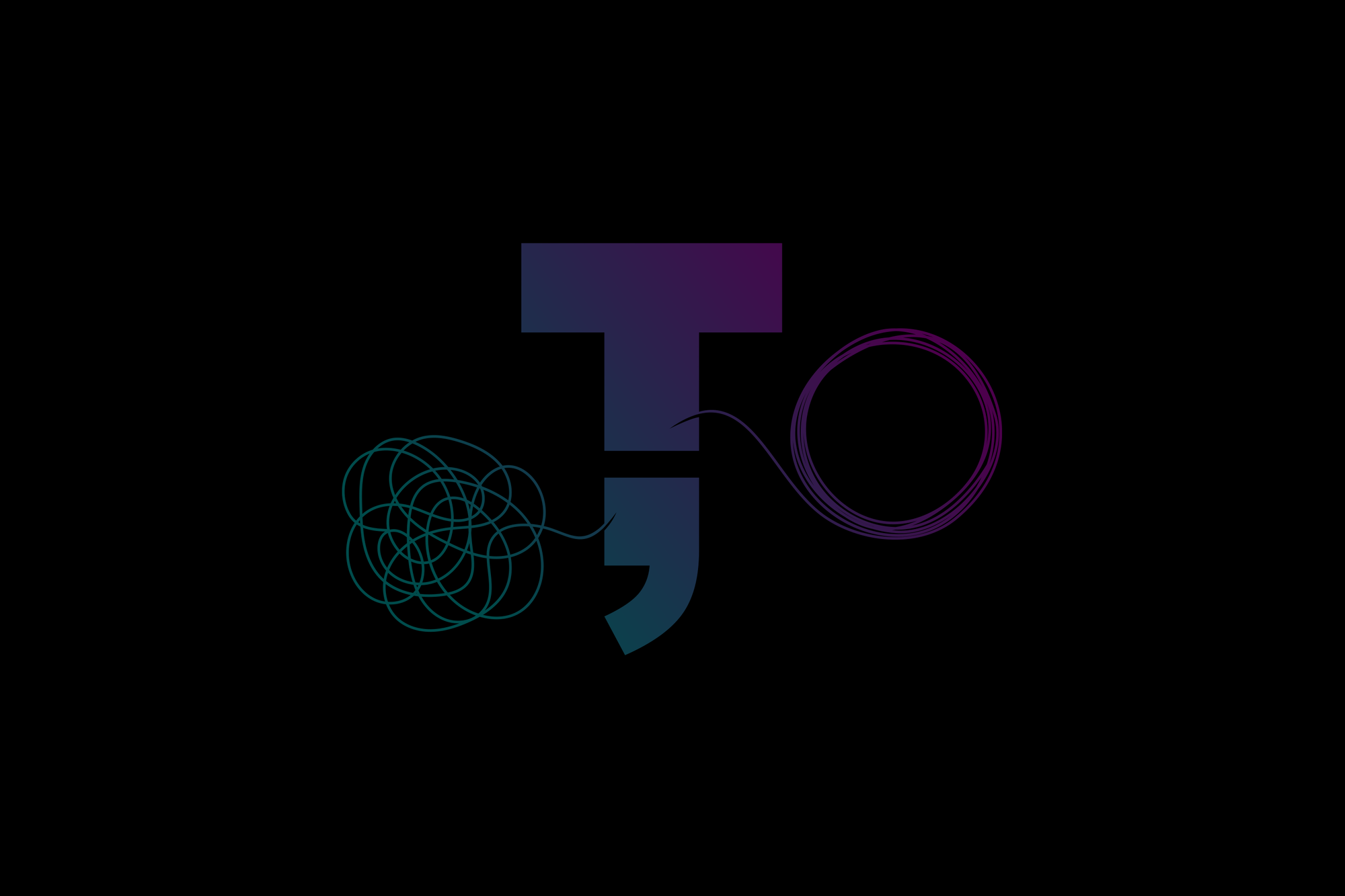
Listening in Permutations
Even when people are trying their best to communicate clearly, things still get misunderstood. That’s because what we hear isn’t always what was meant — and what we say isn’t always what others take away. Listening in Permutations is a simple framework designed to help with that. It invites you to quickly consider three perspectives: what you think was said, what the speaker thinks they said, and what others might have heard.
The framework distilled: Minimize miscommunication.
By doing a fast mental scan of those angles, you can spot misalignments before they turn into problems. The idea isn’t to overanalyze everything — it’s to become more aware, more accurate, and more connected in the way we listen. And the research supports it: from cognitive bias to active listening to empathy, the best communicators are the ones who make space for multiple interpretations — and then work to bring them into alignment.
Listening in Permutations is a framework for improving comprehension, alignment, and trust by actively considering — in real time — the multiple interpretations that a single message can carry. It encourages listeners to go beyond their default understanding and ask: What else could this mean?
At its core, this approach means quickly scanning a message through three essential lenses:
- What do I think was said?
- What does the speaker think they said?
- What might others think was said?

Communication doesn’t happen in a vacuum. A single sentence can branch into multiple interpretations, depending on who’s listening, how it’s framed, and what context surrounds it. Listening in Permutations equips you to identify those branches and determine — in the moment — which interpretations are plausible, which are not, and whether clarification is necessary.
